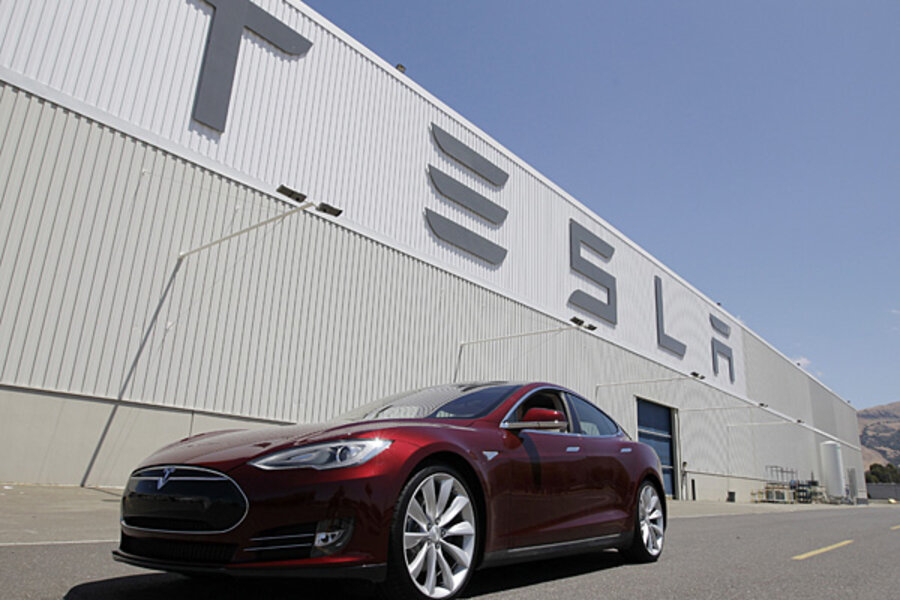Tesla Motors made a profit in Q1, but not on its electric cars
Tesla Motors has accomplished many remarkable things in its short life as a startup maker of electric cars.
But, to clear up a common misperception, its supporters should understand that it has not--yet--made a profit in its core business: designing, building, and selling the Model S all-electric luxurysport sedan.
The confusion seems to have come about because Tesla Motors [NSDQ:TSLA] reported a profitable first quarter, to the surprise of many and the elation of its shareholders.
It also took advantage a classic "short squeeze" in its stock to raise more than $1 billion in fresh equity, and used some of that money to pay off its entire low-interest loan from the U.S. Department of Energy.
But back to those Q1 financials: The company reported net income of $11 million on total revenue of $562 million.
Tesla was profitable because it earned $68 million from selling Zero-Emission Vehicle credits (which it earns under California state laws governing vehicle emissions) to other automakers, and a further $17 million from selling Greenhouse Gas emission credits.
It also logged $11 million in warrant liability reversals, along with $7 million in foreign currency adjustments.
Take away the revenue sources that are a byproduct of Model S sales--both enabled by legislation, as a testy OpEd in the Wall Street Journal points out--and the financial adjustments, and the company lost $91 million on building and selling its cars (along with building and selling powertrains for so-calledcompliance cars to other automakers as well).
On the Q1 earnings call, Tesla CEO Elon Musk and CFO Deepak Ahuja said that its financial planning assumes that revenue from selling emission credits would fall to zero by the end of the year, although it was possible that the number could be higher.
The pair also described the steps the company is taking to reduce the staff hours and parts costs that go into building a Model S.
Now that parts vendors are starting to believe that Tesla is actually building the volumes it claimed it would--perhaps 21,000 this year, against the 3,000 one vendor supposedly tooled up for--the company will benefit from economies of scale that drive down parts prices.
It's also steadily cutting the number of worker hours that go into each car.
The problem is that these cost reductions don't show up in the financials until the cars they apply to have been sold--and financials are only reported every three months, per SEC rules.
So, Tesla suggests that Model S cars sold in the second and third quarters should have a lower Cost Of Goods Sold. That's how you get to profitability.
The company just didn't quite make it there in Q1.
Here endeth today's lesson on accounting for carmakers.





